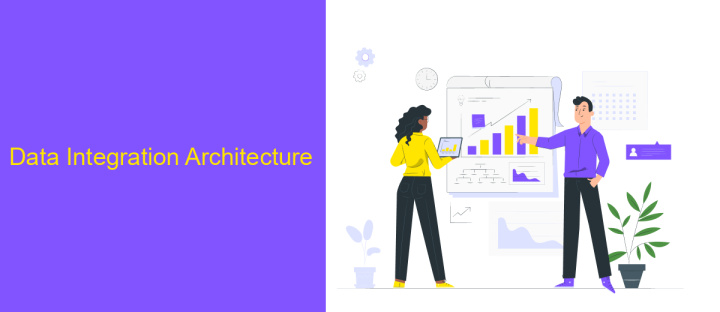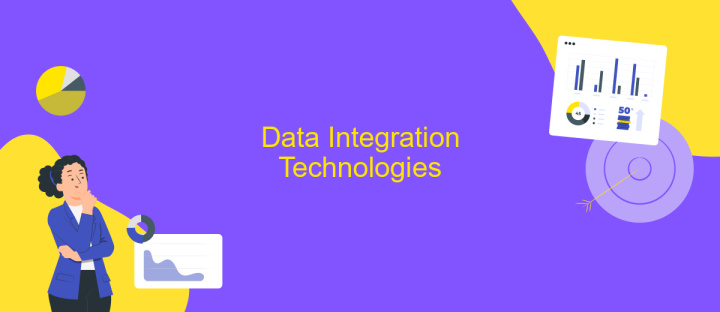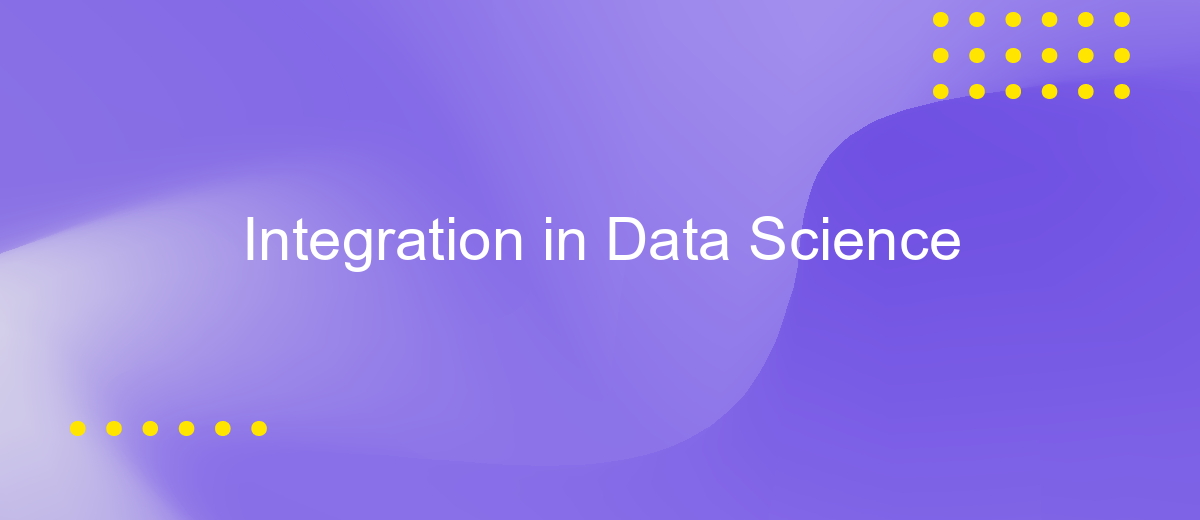Integration in Data Science
In the rapidly evolving field of data science, integration plays a pivotal role in harnessing the full potential of diverse data sources. By seamlessly merging data from various platforms and tools, organizations can unlock deeper insights, drive innovation, and make more informed decisions. This article explores the critical aspects of integration in data science and its transformative impact on modern analytics.
Introduction
Integration in data science is a critical component that enables seamless data flow, efficient processing, and comprehensive analysis. As data sources become increasingly diverse and voluminous, the need for robust integration techniques has never been more apparent. By effectively integrating data, organizations can unlock valuable insights, drive informed decision-making, and enhance overall operational efficiency.
- Combining disparate data sources
- Ensuring data quality and consistency
- Facilitating real-time data access
- Streamlining data workflows
In this article, we will explore various integration strategies and technologies that are pivotal in the realm of data science. From ETL (Extract, Transform, Load) processes to API-driven integrations, we will delve into the tools and methodologies that help data scientists and analysts harness the full potential of their data. Understanding these integration mechanisms is essential for any organization aiming to leverage data as a strategic asset.
Data Integration Architecture

Data integration architecture plays a crucial role in the seamless aggregation and analysis of data from diverse sources. It involves designing a robust system that can efficiently collect, transform, and load data into a unified repository. This architecture ensures that data from various databases, applications, and services can be harmonized and made accessible for advanced analytics and reporting. Key components include data extraction tools, transformation engines, and data storage solutions, all working in tandem to provide a cohesive data environment.
One of the essential tools in modern data integration is ApiX-Drive, which simplifies the process of connecting different data sources. With ApiX-Drive, organizations can automate the data flow between various platforms without the need for extensive coding. This service supports a wide range of integrations, enabling businesses to streamline their data pipelines and maintain data consistency. By leveraging such tools, companies can enhance their data integration architecture, ensuring real-time data availability and improved decision-making capabilities.
Data Integration Technologies

Data integration is a critical component in the field of data science, enabling the seamless combination of data from various sources to provide a unified view. This process is essential for deriving meaningful insights and making informed decisions. Several technologies have emerged to facilitate efficient data integration, each with its unique features and advantages.
- ETL (Extract, Transform, Load) Tools: These tools extract data from different sources, transform it into a suitable format, and load it into a target system. Examples include Apache Nifi and Talend.
- Data Warehousing Solutions: Platforms like Amazon Redshift and Google BigQuery store and manage large volumes of integrated data, enabling complex queries and analysis.
- API Integration Platforms: Tools such as MuleSoft and Apigee allow for the integration of data through APIs, ensuring real-time data exchange between systems.
- Data Virtualization: Technologies like Denodo create a virtual data layer, providing real-time access to data without the need for physical data movement.
These technologies play a pivotal role in modern data science, providing the necessary infrastructure to handle diverse data sources efficiently. By leveraging these tools, organizations can ensure data consistency, improve data quality, and accelerate the decision-making process.
Data Integration Challenges

Data integration in data science is fraught with numerous challenges that can hinder the seamless merging of disparate data sources. One of the primary issues is the heterogeneity of data formats and structures, which makes it difficult to consolidate information from various systems. Moreover, inconsistent data quality and the presence of missing values further complicate the integration process.
Another significant challenge is ensuring data consistency and accuracy across integrated datasets. Discrepancies and duplications can arise when combining data from different sources, leading to unreliable insights. Additionally, the sheer volume of data in today's digital age requires robust infrastructure and efficient algorithms to manage and process it effectively.
- Data format and structure heterogeneity
- Inconsistent data quality and missing values
- Ensuring data consistency and accuracy
- Handling large volumes of data
Addressing these challenges necessitates a comprehensive approach that includes advanced data cleaning techniques, standardized data formats, and scalable processing solutions. By overcoming these obstacles, data scientists can achieve more accurate and actionable insights, ultimately driving better decision-making and innovation.
Conclusion
In conclusion, the integration of various data sources and tools is a cornerstone in the field of Data Science. Effective integration not only streamlines data processing but also enhances the accuracy and efficiency of analytical models. By seamlessly combining disparate data sets, data scientists can uncover deeper insights and make more informed decisions, ultimately driving innovation and competitive advantage.
Tools like ApiX-Drive play a crucial role in simplifying the integration process. ApiX-Drive offers a user-friendly platform that automates the connection between different applications and data sources, reducing the need for extensive coding and manual intervention. This enables data scientists to focus more on analysis and less on data wrangling. As the landscape of data science continues to evolve, leveraging such integration platforms will be essential for maintaining agility and achieving scalable, robust solutions.
FAQ
What is data integration in data science?
Why is data integration important in data science?
What are some common challenges in data integration?
How can automation tools help with data integration?
What are the best practices for successful data integration?
Apix-Drive is a simple and efficient system connector that will help you automate routine tasks and optimize business processes. You can save time and money, direct these resources to more important purposes. Test ApiX-Drive and make sure that this tool will relieve your employees and after 5 minutes of settings your business will start working faster.

